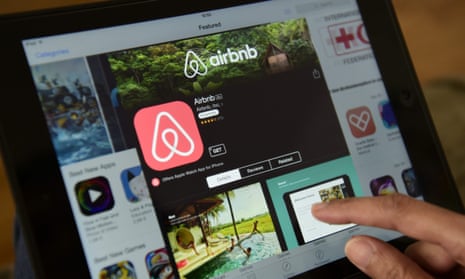Netflix has 76,897 unique ways to describe types of movies. By breaking down every single attribute describing film and television content – narrative elements, moral aspect of characters, romance quality, scariness – Netflix came up with personalised genres that are specific to the point of ludicrous. By mixing all those micro-genres with millions of users’ viewing habits, Netflix successfully created popular television shows.
If we apply this same micro- and human-centred approach to media planning, we get media design. Netflix succeeded because it put its personalised genres at the centre of its content universe. Brands will succeed if they put their customers at the centre of their media.
From a customer’s point of view, brands are valuable when they respond to their motivations, barriers and goals. The most successful companies today, such as Uber, Airbnb, Spring or Farfetch, are in the business of being valuable to their customers. Spoiled by the service and experience they were getting from these upstarts, consumers started to expect the same thing from all other brands. Superior brand service and experience has since become a given: it’s noticeable only when it’s missing.
Consumers today want brands to meet and exceed their expectations and to add value to their lives, in a manner that’s not unlike the Japanese principle of motenashi: by being intuitive, effortless and flexible. To deliver on this expectation, companies need to understand how their customers move through the service and experience they provide, and to connect these steps into a customer journey. They need to move away from their single-minded focus on individual interactions between a customer and the brand and understand how these interactions form a relationship. Motenashi-based media design allocates and sequences investments across steps in this relationship that are most desirable from the customer’s point of view and critical in their decision-making process.
If 198 million active adblock users around the world are any indication, today’s advertising fails to play an important role in customers’ decision-making, other than to disturb it. “Email used to be amazing. Banners used to be amazing. Now they are almost irrelevant. That’s natural decay,” says Andrew Chen, who is in charge of growth at Uber. “You can’t focus on tactics, because eventually they become useless. To really reap the benefits, you have to be at the bleeding edge and do things that no one else is doing.”
To do this, brands need to stay close to their customers, understand their behaviour, detect the key touchpoints on their journey and deliver on an unmet need or against an unrecognised barrier that exists.
Hello Alfred, a home management system whose purpose is “come home happy”, adopts a broader approach than traditional media buying and planning offers. It combines the brand narrative, user experience design and business analysis. In this, Hello Alfred is not alone: disruptive businesses such as Spring and AYR, and established platforms such as Pinterest all constantly seek to enhance their customers’ lives in a smart and targeted way.
Media design starts from the entire service and experience that a brand delivers, rather than from a single channel or device. Media mix is driven by the architecture of the customer journey through this service and experience, which links individual interactions in a way that creates new value for an end customer. This value-adding journey becomes central to the way customers experience a brand and its products. It becomes the key factor for brand’s growth.
Currently, campaign-centred media buys favour brand messages instead of creating and delivering value. They funnel customers toward a transaction and measure success through the volume of sales and awareness.
It is hard to change this media planning rhythm. Brands are big and change is expensive. But in the long run, the costliest thing imaginable may turn out to be them focusing on media, not customers.
To get weekly news analysis, job alerts and event notifications direct to your inbox, sign up free for Media & Tech Network membership.
All Guardian Media & Tech Network content is editorially independent except for pieces labelled “Paid for by” – find out more here.
